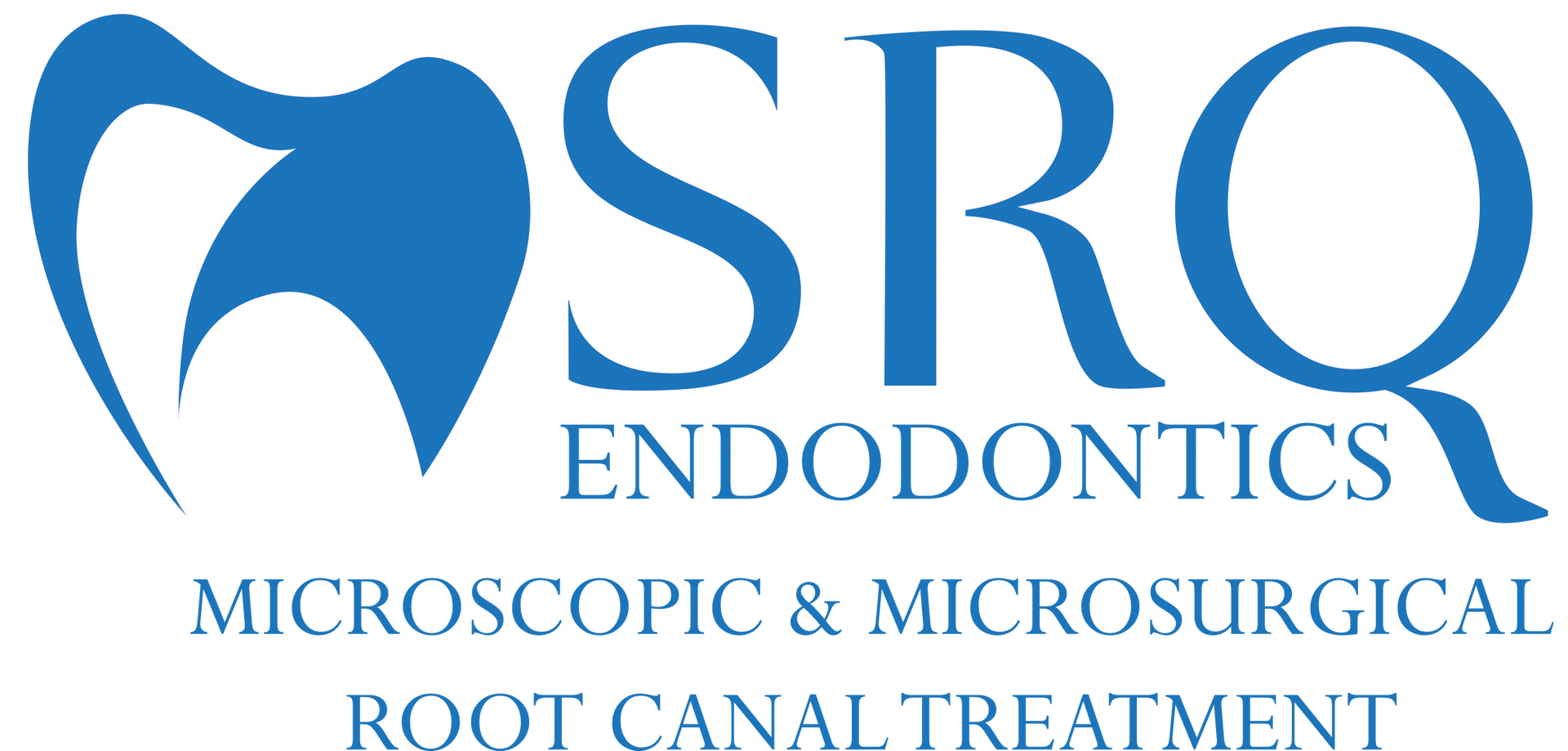Endodontic FAQs
What new technologies are being used?
Operating Microscopes
In addition to digital radiography, we utilize special operating microscopes. Magnification and xenon illumination are helpful in aiding the doctor to see tiny details inside your tooth. Also, a tiny video camera on the operating microscope can record images of your tooth to further document the doctor’s findings.
Cone Beam CT Scan
If conventional digital x-rays and diagnostic testing are not enough for an accurate diagnosis or if complex root canal anatomy is suspected, Dr Ortiz might recommend that a Cone-beam CT scan be done in order to help with diagnosis.
